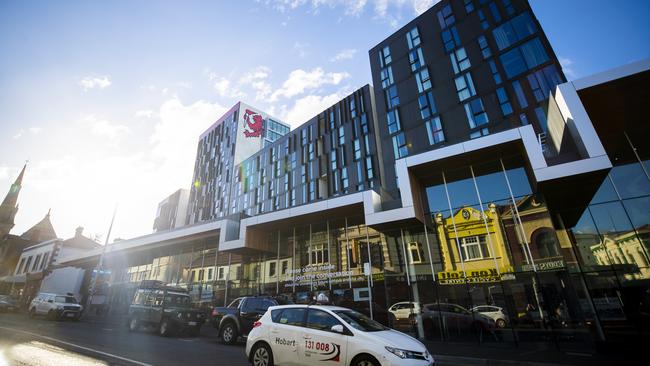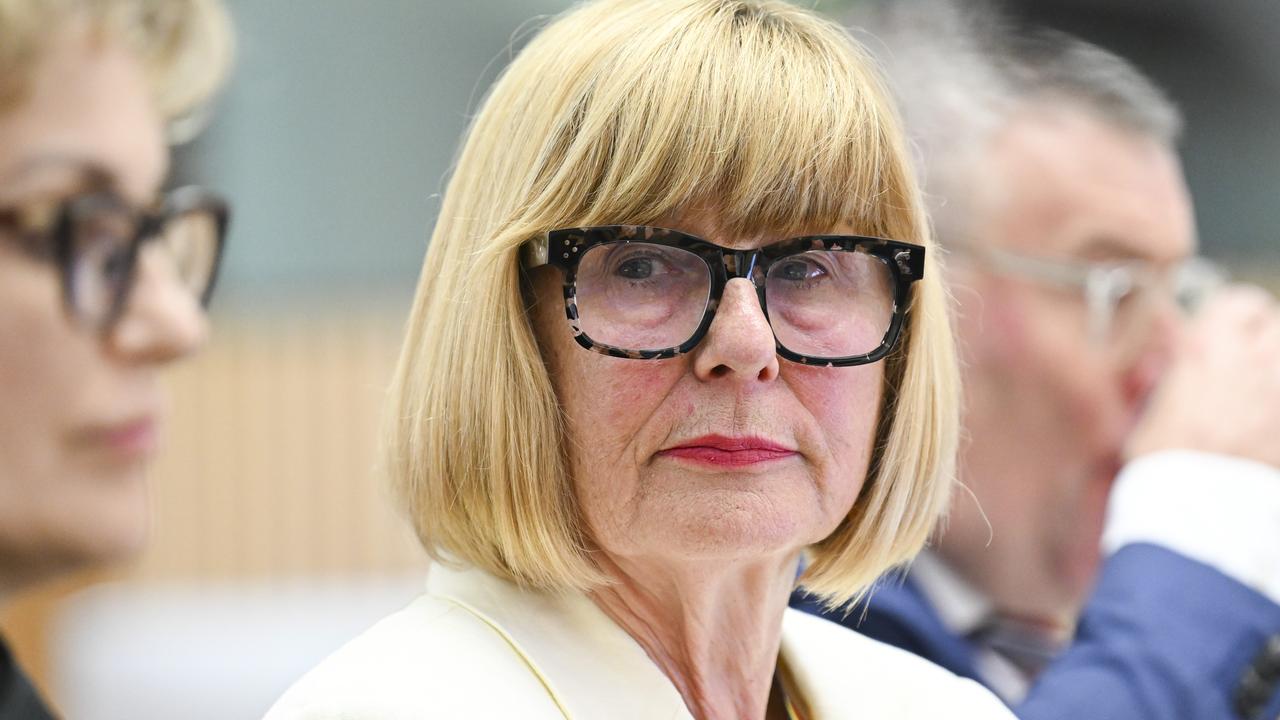University of Tasmania: UTAS proposes cost-cutting plan, ‘strategic vacancy management’
The University of Tasmania is preparing for a future as a “smaller” institution, proposing cost-cutting measures and “strategic vacancy management” as it warns of financial woes.

Tasmania
Don't miss out on the headlines from Tasmania. Followed categories will be added to My News.
The University of Tasmania (UTAS) is planning to operate as a “smaller” institution in the future, telling staff it is seeking to slash costs amid plummeting international student numbers and major changes looming in the higher education sector.
UTAS recently undertook a staff consultation process in which it forecast significant savings measures and “strategic vacancy management”.
It is set to share the feedback with staff next week, as well as a broader plan and strategy for the university’s future.
In a PowerPoint presentation shown at staff drop-in sessions last month, a plan was unveiled to “be a smaller university in respect of student numbers”, as was a proposal to leverage UTAS’s $400m investment portfolio in a bid to relieve financial pressure.

The university hopes to claw back a significant amount of money by selling two inner-city hotels it purchased before the pandemic and it has also floated “restraining” increases to senior management salaries and making “immediate” discretionary savings.
It comes after the Albanese government introduced legislation to cap the number of international students at Australian universities.
The Australian Universities Accord is heralding hugely significant changes for the nation’s higher education sector, with a review foreshadowing a doubling of the number of Commonwealth-supported students by 2050.
International student numbers at UTAS have fallen from a pre-pandemic high of about 4800 pre-pandemic to about 2500 in 2023.
Meanwhile, vice-chancellor Rufus Black remains committed to a plan to relocate the Sandy Bay campus to the Hobart CBD, despite numerous setbacks, including results from a 2022 elector poll showing that 74 per cent of Hobart residents who voted in the general council election that year opposed the move.
National Tertiary Education Union Tasmanian division industrial organiser Shane Kunze said the union had written to UTAS management asking what the university’s exact savings target was but it had not yet received a formal response.

“In terms of the university’s proposed ‘strategic vacancy management’ it’s just spin, really – it’s a shortsighted and cobbled-together measure that only really means an increased workload on remaining staff,” he said.
“The university has already been not replacing academic staff who have left and now they are turning their attention to the professional staff. And for students, it will lead to poorer outcomes – they simply won’t be able to access the academic or professional staff because they are being told to fit more into an already overstretched day.”
UTAS deputy vice-chancellor student services and operations Craig Barling said the Commonwealth’s proposal to cap international student growth was “potentially a good thing for Tasmania but the transition will take time”.
“More than 900 people have attended [our] drop-in sessions and provided thoughtful, valuable feedback, which is now being considered. We will update staff on the outcomes in the coming weeks,” he said.
Mr Barling ruled out instituting a voluntary redundancy scheme or hiring freeze and said vacancy management was about “slowing recruitment, while prioritising critical roles and managing workloads”.
More Coverage
Originally published as University of Tasmania: UTAS proposes cost-cutting plan, ‘strategic vacancy management’





